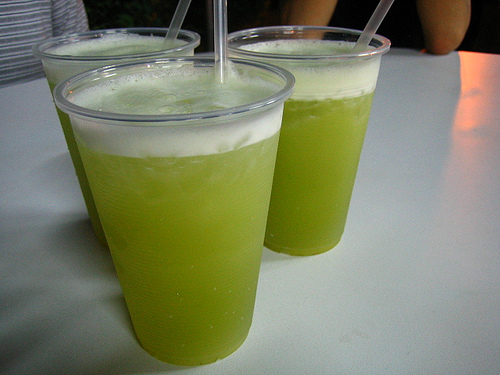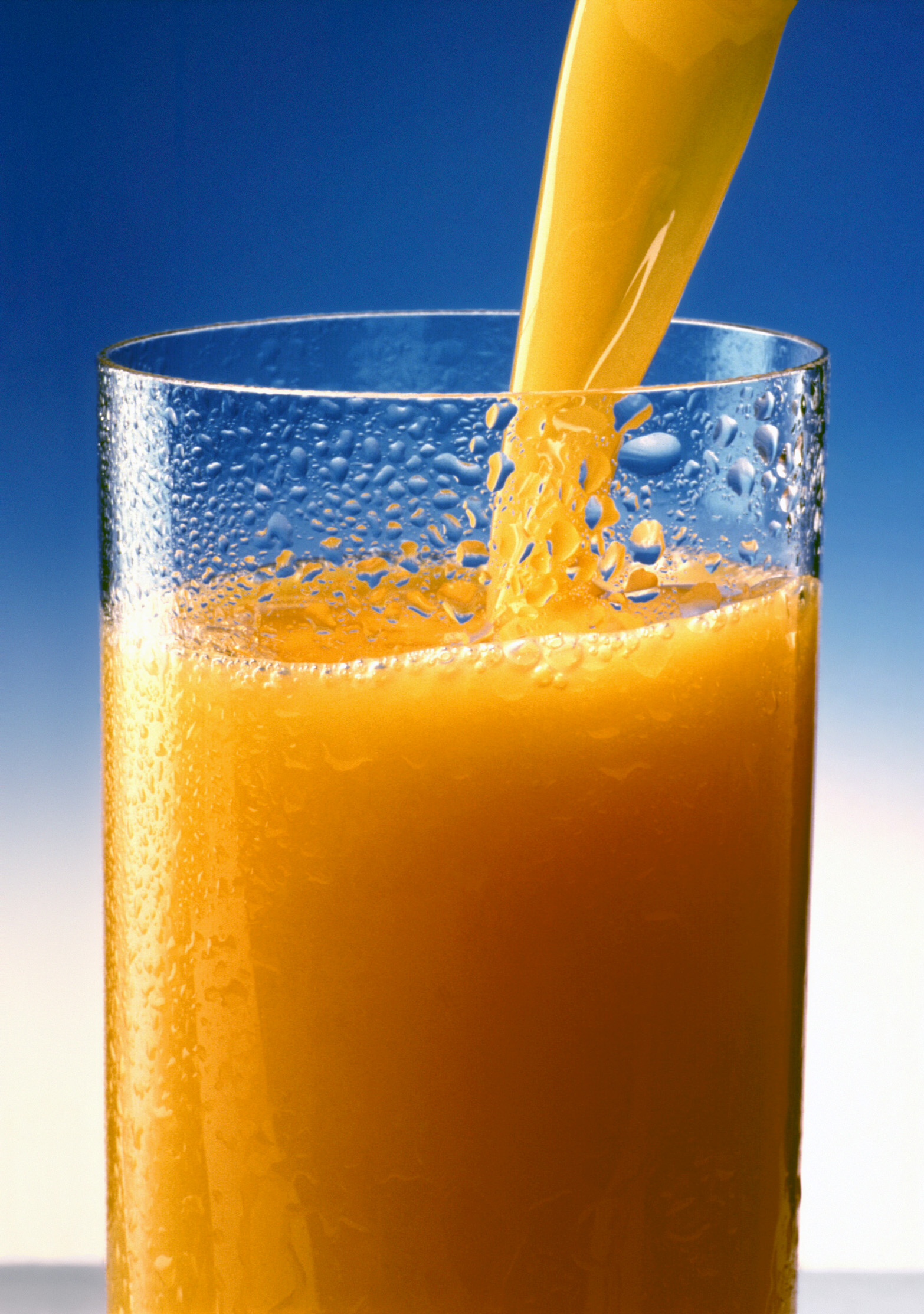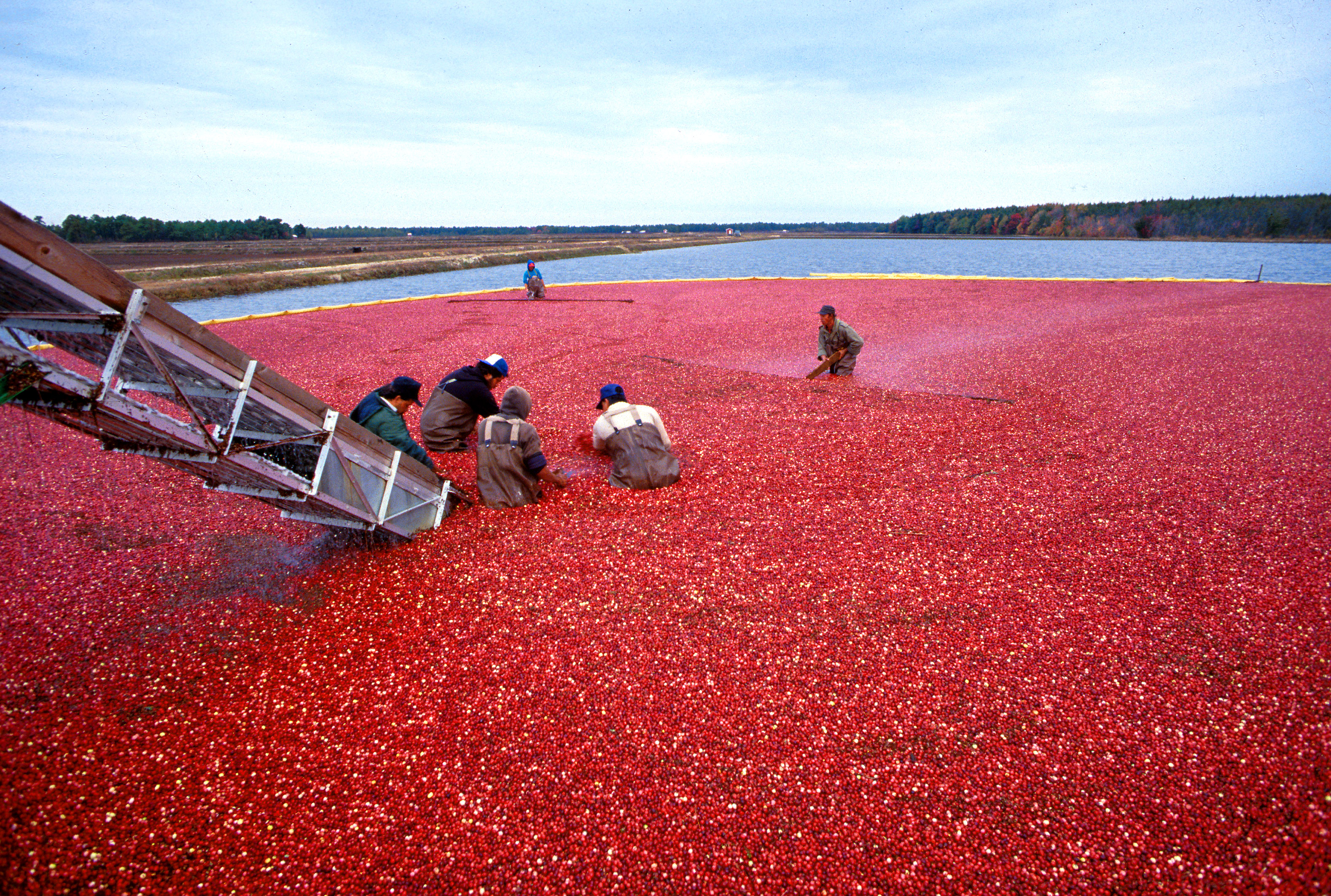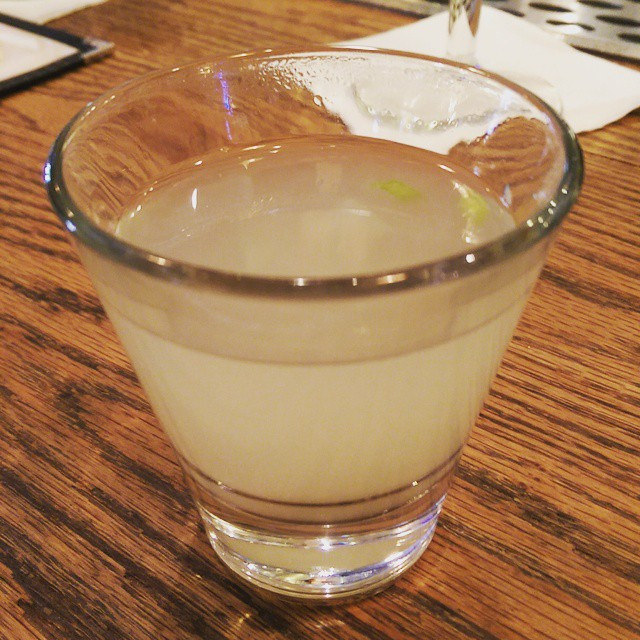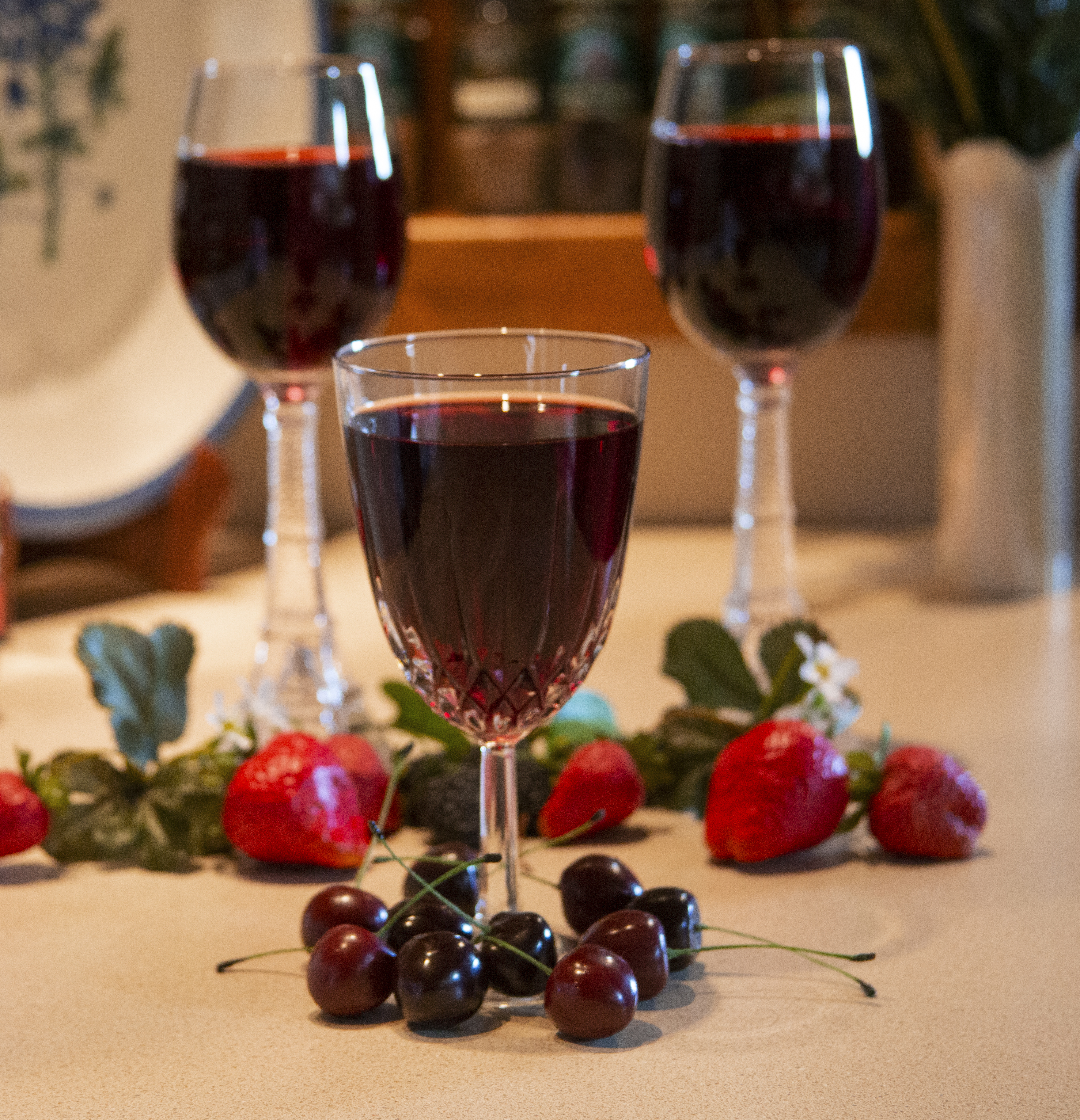|
List Of Juices
This is a list of juices. Juice is a liquid that is naturally contained in fruit and vegetables. It can also refer to liquids that are flavored with these or other biological food sources such as meat and seafood. It is commonly consumed as a beverage or used as an ingredient or flavoring in foods. Juices See also * Fruit and vegetable beer * Health shake * Juice bar ** Mexican juice bar (''frutería'') * Juicer * Juicing * List of fruit dishes * List of lemonade topics * List of lemon dishes and beverages * List of vegetable dishes This is a list of vegetable dishes, that includes dishes in which the main ingredient or one of the essential ingredients is a vegetable or vegetables. In culinary terms, a vegetable is an edible plant or its part, intended for cooking or eating ... References {{DEFAULTSORT:Juices, List Of * * * Lists of drinks ... [...More Info...] [...Related Items...] OR: [Wikipedia] [Google] [Baidu] |
Juice
Juice is a drink made from the extraction or Cold-pressed juice, pressing of the natural liquid contained in fruit and vegetables. It can also refer to liquids that are flavored with concentrate or other biological food sources, such as meat or seafood, such as clam juice. Juice is commonly consumed as a beverage or used as an ingredient or flavoring in foods or other beverages, as for smoothies. Juice emerged as a popular beverage choice after the development of pasteurization methods enabled its preservation without using fermentation (which is used in wine production). The largest fruit juice consumers are New Zealand (nearly a Cup (unit), cup, or 8 ounces, each day) and Colombia (more than three quarters of a cup each day). Fruit juice consumption on average increases with a country's income level. Etymology The word "juice" comes from Old French in about 1300; it developed from the Old French words "''jus, juis, jouis''", which mean "liquid obtained by boiling herbs". Th ... [...More Info...] [...Related Items...] OR: [Wikipedia] [Google] [Baidu] |
Apple
An apple is an edible fruit produced by an apple tree (''Malus domestica''). Apple fruit tree, trees are agriculture, cultivated worldwide and are the most widely grown species in the genus ''Malus''. The tree originated in Central Asia, where its wild ancestor, ''Malus sieversii'', is still found today. Apples have been grown for thousands of years in Asia and Europe and were brought to North America by European colonization of the Americas, European colonists. Apples have Religion, religious and mythology, mythological significance in many cultures, including Norse mythology, Norse, Greek mythology, Greek, and Christianity in Europe, European Christian tradition. Apples grown from seed tend to be very different from those of their parents, and the resultant fruit frequently lacks desired characteristics. Generally, apple cultivars are propagated by clonal grafting onto rootstocks. Apple trees grown without rootstocks tend to be larger and much slower to fruit after plantin ... [...More Info...] [...Related Items...] OR: [Wikipedia] [Google] [Baidu] |
Coconut Water
Coconut water (also coconut juice) is the clear liquid inside coconuts (fruits of the coconut palm). In early development, it serves as a suspension for the endosperm of the coconut during the nuclear phase of development. As growth continues, the endosperm matures into its cellular phase and deposits into the rind of the coconut pulp. The liquid inside young coconuts is often preferred to the liquid of a ripened coconut. Coconut water from young green coconuts is also known specifically as buko juice in Philippine English. Harvesting Fresh coconuts are typically harvested from the tree while they are green. A hole may be bored into the coconut to provide access to the "meat" (liquid and pulp). In young coconuts, the liquid and air may be under some pressure and may spray slightly when the inner husk is first penetrated. Coconuts that have fallen to the ground are susceptible to rot and damage from insects or other animals. Products Plain coconut water has long been a p ... [...More Info...] [...Related Items...] OR: [Wikipedia] [Google] [Baidu] |
Cranberry Juice
Cranberry juice is the liquid juice of the cranberry, typically manufactured to contain sugar, water, and other fruit juices. Cranberry – a fruit native to North America – is recognized for its bright red color, tart taste, and versatility for product manufacturing. Major cranberry products include cranberry juice, dried cranberry, cranberry sauce, frozen cranberry, cranberry powder, and dietary supplements containing cranberry extracts. The term "cranberry juice cocktail" or "cranberry juice blend" refers to products that contain about 28% cranberry juice, with the remainder either from other fruit juice concentrates (typically grape, apple or pear), water, and added sugar to improve palatability. Low-calorie cranberry juice products use non-caloric sweeteners. The tartness of cranberry juice derives from its mixed content of polyphenols, including flavonoids, proanthocyanidins, anthocyanins, phenolic acids, and ellagitannins. Despite a long-held reputation for pr ... [...More Info...] [...Related Items...] OR: [Wikipedia] [Google] [Baidu] |
Clam
Clam is a common name for several kinds of bivalve molluscs. The word is often applied only to those that are edible and live as infauna, spending most of their lives halfway buried in the sand of the seafloor or riverbeds. Clams have two shells of equal size connected by two adductor muscles and have a powerful burrowing foot. They live in both freshwater and marine environments; in salt water they prefer to burrow down into the mud and the turbidity of the water required varies with species and location; the greatest diversity of these is in North America. Clams in the culinary sense do not live attached to a substrate (whereas oysters and mussels do) and do not live near the bottom (whereas scallops do). In culinary usage, clams are commonly eaten marine bivalves, as in clam digging and the resulting soup, clam chowder. Many edible clams such as palourde clams are ovoid or triangular; however, razor clams have an elongated parallel-sided shell, suggesting an old-fashioned ... [...More Info...] [...Related Items...] OR: [Wikipedia] [Google] [Baidu] |
Clam Juice
Clam juice is a broth derived from steamed clams, which can be drunk on its own or used as an ingredient in various dishes and beverages. Preparation Clam juice is typically prepared from the liquid obtained from steamed clams. Clam juice may be prepared fresh for consumption, or purchased in prepared bottled form. Some companies mass-produce prepared clam juice, which is made by steaming fresh clams in water with salt, collecting the extracted liquid known as clam extract or clam liquor, and then filtering it. In 1937, William G. Frazier invented a clam opener devised to easily open clams and retain all of the clam juice, which was collected in a bowl. A patent for the clam opener was issued by the United States Patent and Trademark Office on November 15, 1938. Use in dishes Clam juice is sometimes used in the preparation of clam chowder and other chowders. It may be used as an ingredient in various sauces and meat sauces, seafood dishes, in soup bases, and as a condiment to t ... [...More Info...] [...Related Items...] OR: [Wikipedia] [Google] [Baidu] |
Cherry Juice
Cherry juice is a fruit juice consisting of the juice of cherries. It is consumed as a beverage and used as an ingredient in various foods, processed foods and beverages. It is also marketed as a health supplement. It is produced by hot- or cold-pressing cherries, collecting the juice, and then filtering and pasteurizing it. Usage As a food Cherry juice is a mass-produced food product that is consumed as a beverage and used as an ingredient in various foods, processed foods and beverages. It is sometimes used as an ingredient in cherry ice cream and in cherry pie filling. It is also used as an ingredient in cherry brandy and cherry bounce. Cherry jelly has also been produced using the juice. Cherry juice concentrate is used by food manufacturers in the production of fruit juice blends. Cherry juice from the Montmorency cherry is used to produce cherry essence, which is used as a flavor concentrate by food manufacturers. In alcoholic beverages Kirsch fruit brandy is sometimes ... [...More Info...] [...Related Items...] OR: [Wikipedia] [Google] [Baidu] |
Chanh Muối
''Chanh muối'' is a salted, pickled lime in Vietnamese cuisine. Its name comes from the Vietnamese words ''chanh'' (meaning "lime" or "lemon") and ''muối'' (meaning "salt"). To make the ''chanh muối'', many limes (often key limes) are packed tightly in salt in a glass container and placed in the sun until they are pickled. During the process, juices are drawn off the limes, which dissolves the salt and produces a pickling liquid which immerses the finished ''chanh muối''. Serving method ''Chanh muối'' are used to make a drink (with added sugar and water or carbonated water) that is called ''nước chanh muối'' or ''soda chanh muối'', if made with carbonated water. ''Nước'' means water or "drink" in this context, when combined as ''nước chanh'' it means lemonade. The name of the drink is usually shortened to just ''chanh muối'' when the context is beverages and often appears on the menus of Vietnamese restaurants translated as "salty lemonade" or "salty l ... [...More Info...] [...Related Items...] OR: [Wikipedia] [Google] [Baidu] |
Celery
Celery (''Apium graveolens'') is a marshland plant in the family Apiaceae that has been cultivated as a vegetable since antiquity. Celery has a long fibrous stalk tapering into leaves. Depending on location and cultivar, either its stalks, leaves or hypocotyl are eaten and used in cooking. Celery seed powder is used as a spice. Description Celery leaves are pinnate to bipinnate with rhombic leaflets long and broad. The flowers are creamy-white, in diameter, and are produced in dense compound umbels. The seeds are broad ovoid to globose, long and wide. Modern cultivars have been selected for either solid petioles, leaf stalks, or a large hypocotyl. A celery stalk readily separates into "strings" which are bundles of angular collenchyma cells exterior to the vascular bundles. Wild celery, ''Apium graveolens'' var. ''graveolens'', grows to tall. Celery is a biennial plant that occurs around the globe. It produces flowers and seeds only during its second year. The first cul ... [...More Info...] [...Related Items...] OR: [Wikipedia] [Google] [Baidu] |
Carrot Juice
Carrot juice is juice produced from carrots. Overview Carrot juice has a particularly high content of β-carotene, a source of vitamin A, but it is also high in B complex vitamins like folate, and many minerals including calcium, copper, magnesium, potassium, phosphorus, and iron. A pound (454 g) of carrots will yield about a cup of juice (about 236 ml), which is a low yield compared to fruits like apples and oranges. However, carrot pulp is very tough; the main difficulty in juicing carrots is in separating the pulp from the juice. Like many products high in beta-carotene, it may cause temporary carotenoderma, a benign skin condition resulting in an orange-yellow hue to the skin. Drinking more than 3 cups of carrot juice in a 24-hour period over a prolonged period of time may be enough to cause the condition. Carrot juice has a uniquely sweet flavour of concentrated carrots. Unlike many juices, it is opaque. It is often consumed as a health drink. Carrots have been ... [...More Info...] [...Related Items...] OR: [Wikipedia] [Google] [Baidu] |
Cantaloupe
The cantaloupe, rockmelon (Australia and New Zealand, although cantaloupe is used in some states of Australia), sweet melon, or spanspek (Southern Africa) is a melon that is a variety of the muskmelon species (''Cucumis melo'') from the family Cucurbitaceae. Cantaloupes range in weight from . Originally, ''cantaloupe'' referred only to the non-netted, orange-fleshed melons of Europe, but today may refer to any orange-fleshed melon of the ''C. melo'' species. Etymology and origin The name ''cantaloupe'' was derived in the 18th century via French from The Cantus Region of Italian , which was formerly a papal county seat near Rome, after the fruit was introduced there from Armenia. It was first mentioned in English literature in 1739. The cantaloupe most likely originated in a region from South Asia to Africa. It was later introduced to Europe, and around 1890, became a commercial crop in the United States. ''Melon'' derived from use in Old French as during the 13th century ... [...More Info...] [...Related Items...] OR: [Wikipedia] [Google] [Baidu] |
Blackcurrant Juice
The blackcurrant (''Ribes nigrum''), also known as black currant or cassis, is a deciduous shrub in the family Grossulariaceae grown for its edible berries. It is native to temperate parts of central and northern Europe and northern Asia, where it prefers damp fertile soils. It is widely cultivated both commercially and domestically. It is winter hardy, but cold weather at flowering time during the spring may reduce the size of the crop. Bunches of small, glossy black fruit develop along the stems in the summer and can be harvested by hand or by machine. Breeding is common in Scotland, Poland, Lithuania, Latvia, Norway, and New Zealand to produce fruit with better eating qualities and bushes with greater hardiness and disease resistance. The raw fruit is particularly rich in vitamin C and polyphenols. Blackcurrants can be eaten raw but are usually cooked in sweet or savoury dishes. They are used to make jams, preserves, and syrups and are grown commercially for the juice mar ... [...More Info...] [...Related Items...] OR: [Wikipedia] [Google] [Baidu] |
